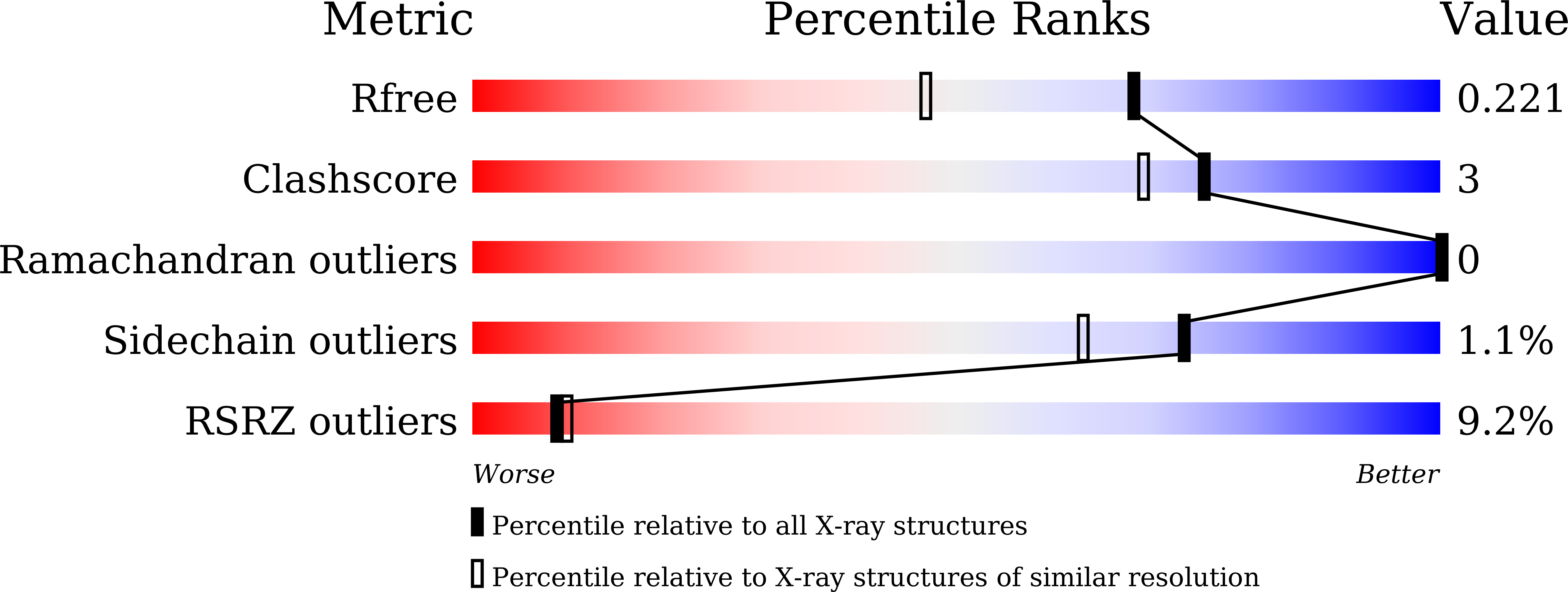
Deposition Date
2021-01-15
Release Date
2022-01-19
Last Version Date
2023-11-29
Entry Detail
PDB ID:
7DW6
Keywords:
Title:
SARS-CoV-2 Mpro mutant (H41A) in complex with nsp15|16 peptidyl substrate
Biological Source:
Source Organism:
Host Organism:
Method Details:
Experimental Method:
Resolution:
1.70 Å
R-Value Free:
0.22
R-Value Work:
0.18
R-Value Observed:
0.18
Space Group:
C 1 2 1


